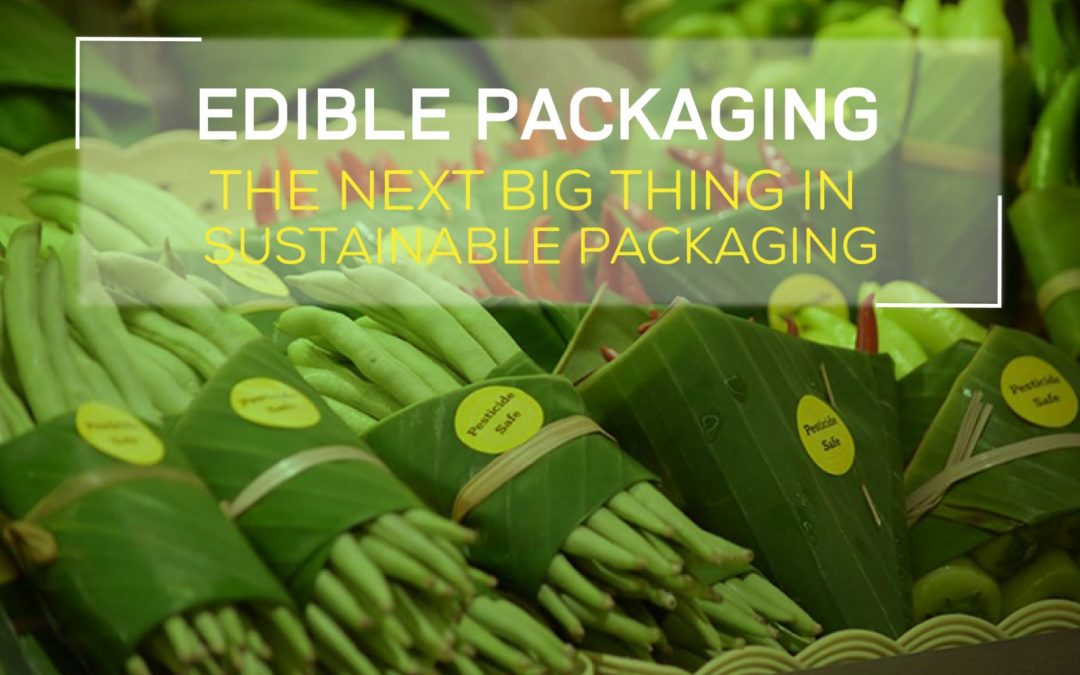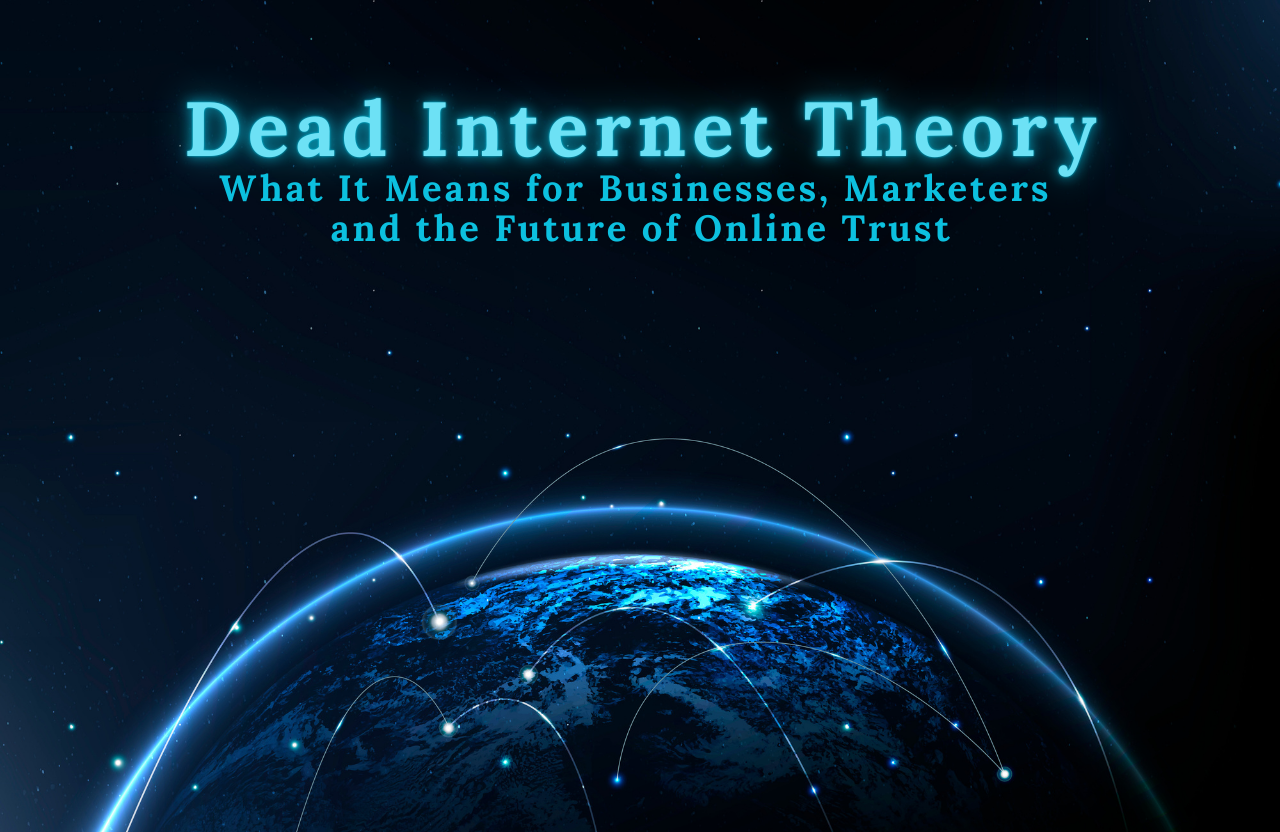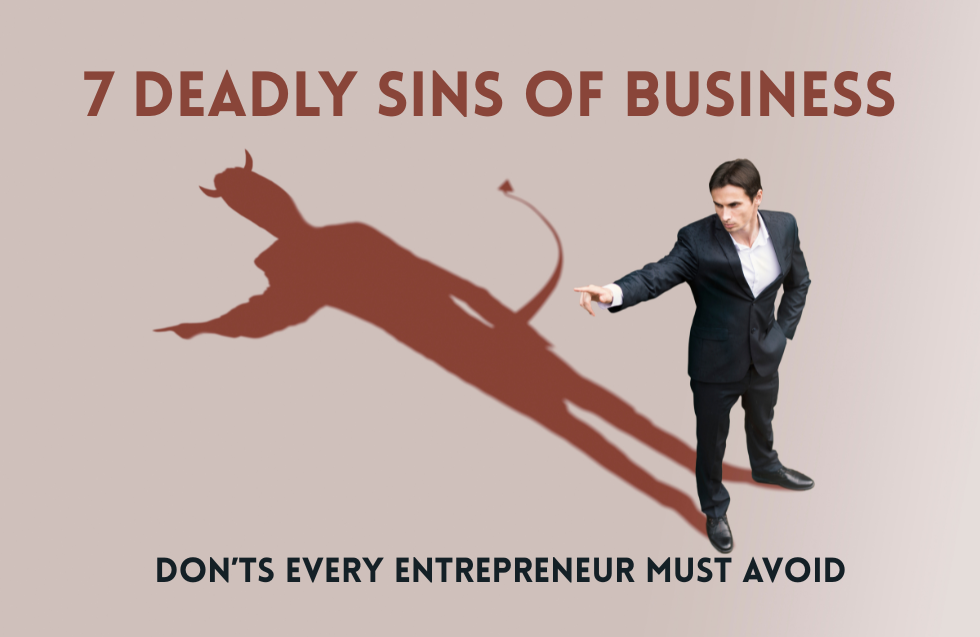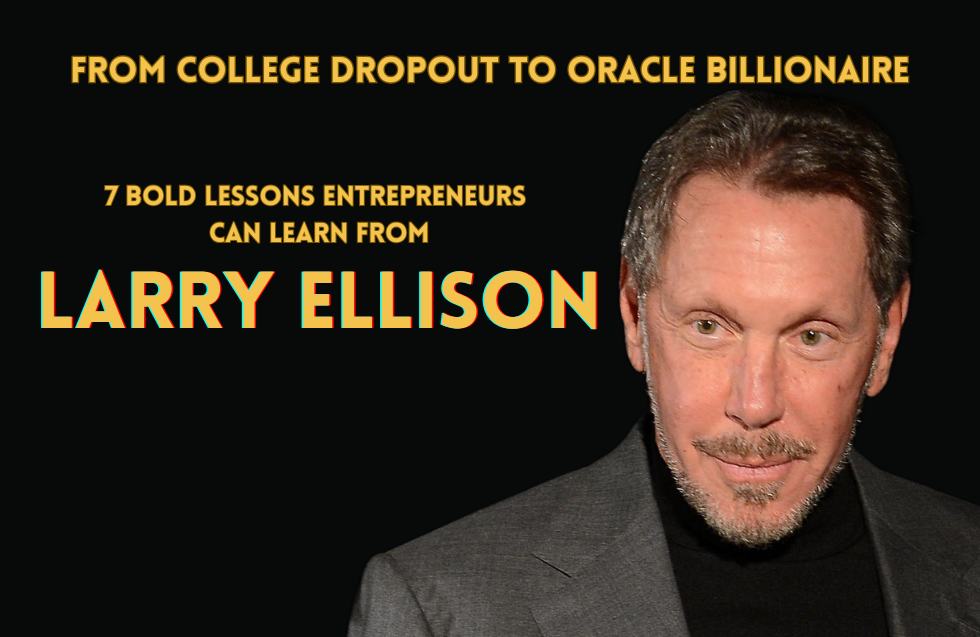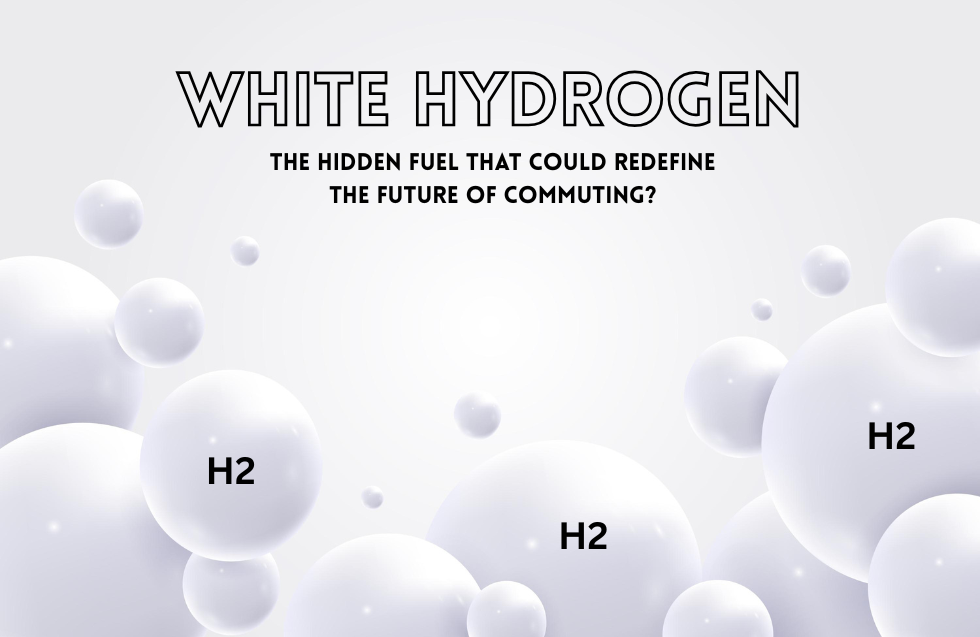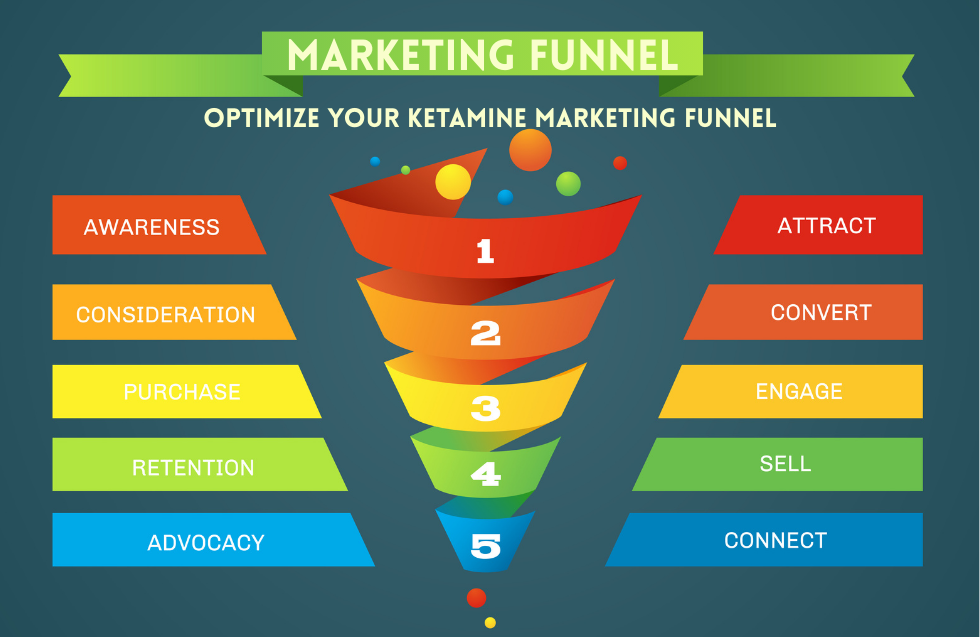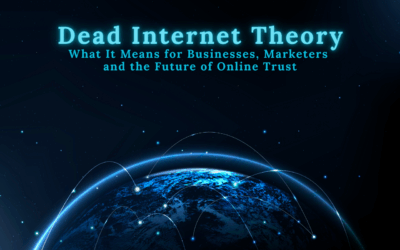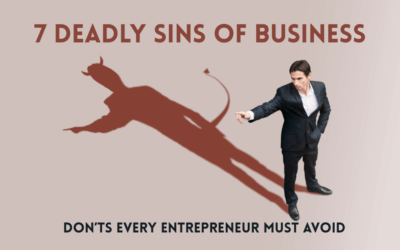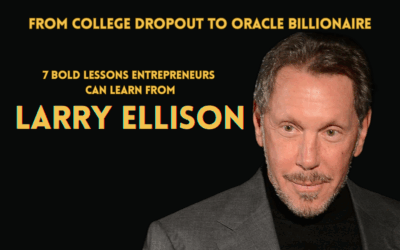In the ever-evolving landscape of sustainability, one of the most innovative solutions emerging is edible packaging. This cutting-edge approach addresses two critical issues simultaneously: reducing waste and offering eco-friendly alternatives to traditional packaging. As businesses and consumers alike become increasingly eco-conscious, edible packaging stands out as a game-changer in the realm of sustainable packaging.
What is Edible Packaging?
Edible packaging is made from natural, biodegradable materials that can be consumed along with the product they encase. These materials are derived from various sources, including seaweed, rice, potatoes, and other plant-based substances. The concept is to replace single-use plastics and other non-biodegradable materials with packaging that leaves no waste behind.
Benefits of Edible Packaging
- Environmental Impact: The most significant benefit of edible packaging is its potential to drastically reduce plastic waste. According to the World Economic Forum, around 8 million metric tons of plastic enter the ocean each year. Edible packaging, being biodegradable, can significantly mitigate this issue. Research from the Ellen MacArthur Foundation estimates that if current trends continue, there could be more plastic than fish in the ocean by 2050. By adopting edible packaging, we can reduce this projection substantially.
- Health Benefits: Many edible packing materials are made from natural, nutrient-rich ingredients. For example, seaweed-based packaging is rich in iodine and other minerals. Additionally, some edible films made from fruits and vegetables can contain antioxidants and other beneficial compounds, providing added health benefits to consumers.
- Innovative Marketing: This provides a unique marketing opportunity. Brands can differentiate themselves by offering eco-friendly packaging solutions, appealing to environmentally conscious consumers. According to a Nielsen report, 73% of global consumers say they would definitely or probably change their consumption habits to reduce their environmental impact. The novelty can generate buzz, drive consumer interest, and enhance brand loyalty.
- Reduction of Food Waste: In some cases, this packaging can extend the shelf life of the food it contains, reducing food waste. For instance, researchers have developed edible coatings from substances like chitosan and casein that can keep fruits and vegetables fresh for longer periods. According to the Food and Agriculture Organization (FAO), approximately one-third of food produced for human consumption is lost or wasted globally. Edible packaging can help reduce this wastage by preserving food quality.
Applications of Edible Packaging
Edible packaging has diverse applications across various industries:
- Food and Beverage: The most obvious application is within the food and beverage industry. Edible wrappers for snacks, edible straws, and even edible cups for coffee are becoming increasingly popular. A report by Allied Market Research projects that the global edible packaging market will reach $1.56 billion by 2023, growing at a CAGR of 6.81% from 2018 to 2023.
- Pharmaceuticals: This type of packaging can also be used in the pharmaceutical industry. Edible capsules or coatings for medications can improve the delivery and absorption of drugs. For example, researchers are exploring edible microcapsules that can release medications at a controlled rate within the body.
- Cosmetics: Some cosmetics companies are exploring edible packaging for products like lip balms and moisturizers, aligning with the trend toward natural and organic products. This aligns with the increasing consumer demand for clean beauty products, which according to Grand View Research, is expected to reach $54.5 billion by 2027.
Business Scope and Opportunities
The business scope for edible packaging is vast and growing:
- Startups and Innovations: There is significant room for innovation in the edible packaging space. Startups focusing on developing new materials and applications can capture a niche market and potentially scale up as demand grows. For example, startups like Loliware are creating seaweed-based edible straws and cups, tapping into the growing market for sustainable products.
- Collaborations with Established Brands: Established food, beverage, and cosmetics brands are increasingly looking for sustainable packaging solutions. Collaborating with these brands can provide a steady stream of business and enhance brand visibility. For instance, large corporations like PepsiCo and Nestlé are investing in sustainable packaging initiatives, presenting opportunities for partnerships.
- Regulatory Support: Governments worldwide are implementing stricter regulations on plastic use. This regulatory push creates an ideal environment for businesses offering sustainable alternatives like edible packaging. The European Union’s Single-Use Plastics Directive, for example, aims to reduce the impact of certain plastic products on the environment, encouraging the adoption of eco-friendly alternatives.
- Consumer Demand: As consumers become more environmentally conscious, the demand for sustainable packaging solutions is on the rise. A survey by Trivium Packaging found that 74% of consumers are willing to pay more for sustainable packaging. Businesses that can meet this demand will have a competitive edge in the market.
Challenges to Consider
While the potential for edible packaging is immense, there are challenges to consider:
- Cost: Currently, edible packaging can be more expensive to produce than traditional packaging. However, as technology advances and economies of scale are achieved, costs are expected to come down. According to a report by Smithers Pira, the cost of producing bio-based and biodegradable packaging is expected to decrease as production processes become more efficient.
- Shelf Life and Durability: Edible packaging needs to balance being biodegradable with maintaining sufficient durability and shelf life for practical use. Research and development efforts are ongoing to enhance the strength and longevity of edible packaging materials without compromising their eco-friendliness.
- Regulatory Approval: Ensuring the packaging materials meet food safety and regulatory standards is crucial. Businesses must navigate these regulations to ensure their products are safe for consumption. The Food and Drug Administration (FDA) and European Food Safety Authority (EFSA) are among the regulatory bodies that provide guidelines for the approval of new food contact materials.
Conclusion
Edible packaging represents a revolutionary step forward in sustainable packaging solutions. By addressing environmental concerns and offering innovative marketing opportunities, it holds significant promise for the future. As technology advances and consumer demand for sustainable options grows, the business scope for edible packaging is set to expand. It offers exciting opportunities for entrepreneurs and established brands alike. Embracing this next big thing in sustainable packaging can position businesses at the forefront of the green revolution, driving both profit and positive environmental impact.
